Wiring a 30A Disconnect
garlicjim
14 years ago
Featured Answer
Comments (19)
petey_racer
14 years agogarlicjim
14 years agoRelated Professionals
The Crossings General Contractors · Champaign General Contractors · Clinton General Contractors · Eau Claire General Contractors · Hutchinson General Contractors · Medford General Contractors · Oneida General Contractors · Brockton Solar Energy Systems · Imperial Beach Solar Energy Systems · Riverside Solar Energy Systems · Verona Solar Energy Systems · Flower Mound Home Automation & Home Media · Pittsburgh Home Automation & Home Media · Saint Petersburg Home Automation & Home Media · South Lake Tahoe Home Automation & Home Mediapetey_racer
14 years agohendricus
14 years agogarlicjim
14 years agogroundrod
14 years agoweedmeister
14 years agopetey_racer
14 years agogarlicjim
14 years agojtorres60
14 years agosaltcedar
14 years agojtorres60
14 years agosaltcedar
14 years agobrickeyee
14 years agosaltcedar
14 years agobrickeyee
14 years agomyzion_21_yahoo_com
12 years agogreg_2010
12 years ago
Related Stories

DIY PROJECTSHide All Those Wires in a DIY Charging Station
Keep your gadgets handy and charged with a flexible storage board you can design yourself
Full Story
ACCESSORIESHow to Hide Those Messy Wires
Untangle Yourself From Ugly Electrical Cords With a Few Tricks and Accessories
Full Story
DECORATING GUIDESInspiring Materials: Metal Wire
Add the Open Look of Wire to Your Lighting, Furnishings and Decor
Full Story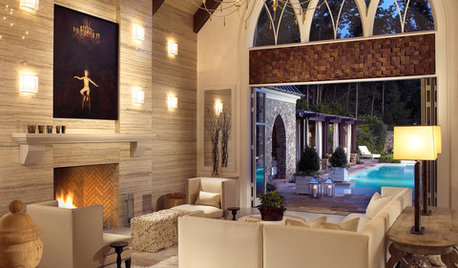
MORE ROOMSHome Tech: Getting Rid of Wires Without Sacrificing Sound
Wireless home technology still isn't perfect, but new products are giving audiophiles choices
Full Story
DECORATING GUIDESFlea Market Finds: Wire Baskets
Turn Rustic-Industrial Pieces Into Chandelier, Pendant or Mobile Centerpiece
Full Story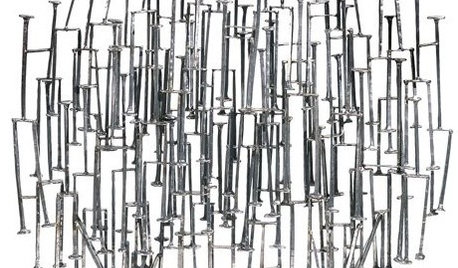
PRODUCT PICKSGuest Picks: Wonderful Wire
Use the strength and versatility of modern and vintage wirework to bring creativity to your home
Full Story
LIGHTING10 Ways With Wall Lights That Don’t Need to Be Wired In
Learn how to add illumination to your home without carving into the walls
Full Story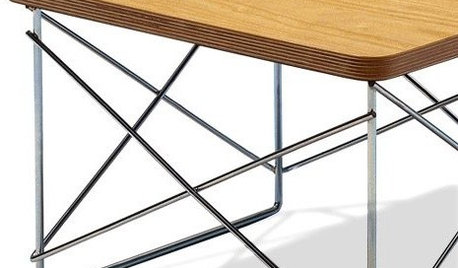
FURNITUREModern Icons: The Eames Wire Base Table
Simple modern table is light and versatile enough for every room in the house
Full Story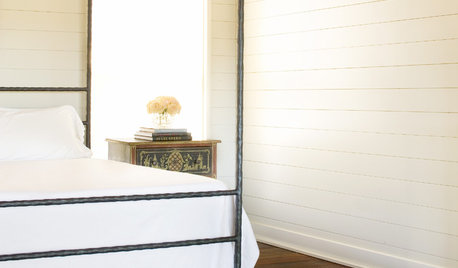
MORE ROOMSReclaim Room to Breathe
Take back the down time you deserve by disconnecting and paying attention to small pleasures in unexpected areas of your home
Full Story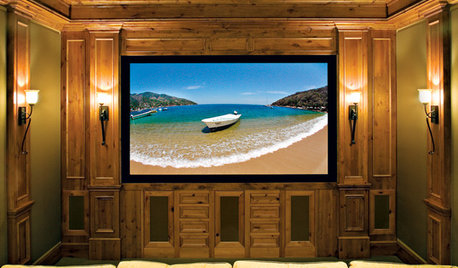
MEDIA ROOMS5 Tips to Turn Your Basement into a Media Room
From wiring to gadgets to decor, a designer tips us off to the secrets for media room success
Full Story









garlicjimOriginal Author